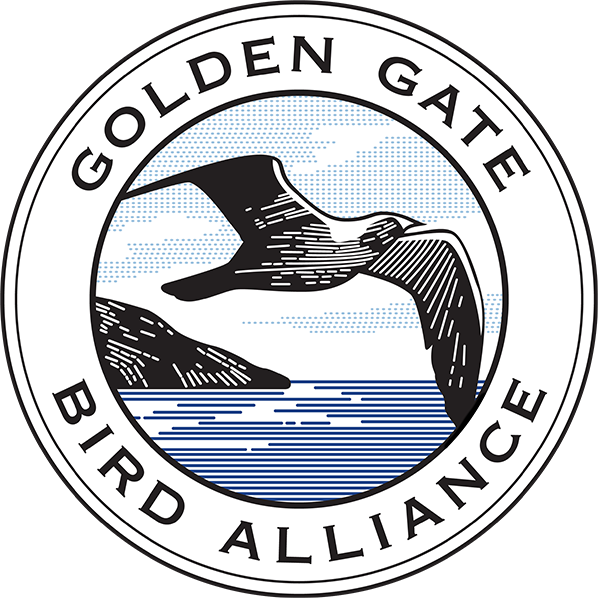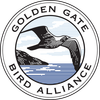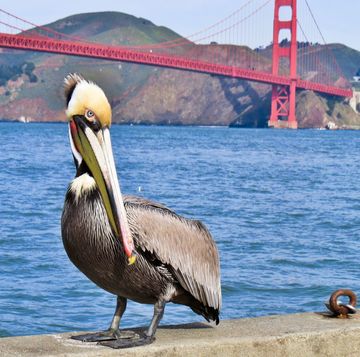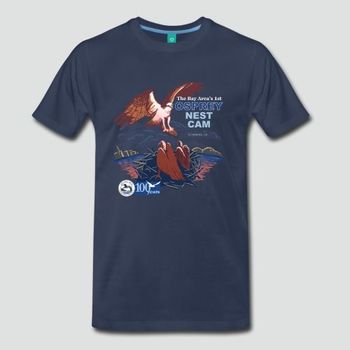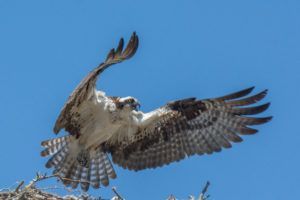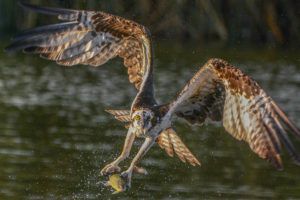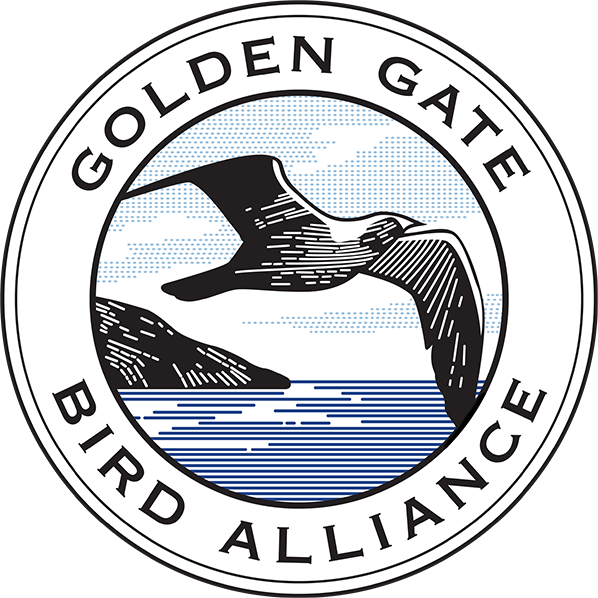Ospreys – sometimes known as “sea hawks” – are magnificent large hawks that evolved to hunt and eat fish. Their vision is over three times better than human vision so they can spot fish swimming below. The dark band around their eyes reduces glare from water. Their feet are unique among North American hawks: Rough pads on the feet help grip slippery fish, while one of their talons rotates to hold fish more aerodynamically in flight.
Ospreys build nests close to the water with materials such as sticks, moss, or seaweed. They traditionally nest on dead tree snags, but when those are not available, they often nest on human structures such as light poles, cranes, or tall platforms. In San Francisco, one Osprey pair used “caution” tape to help build their nest!
